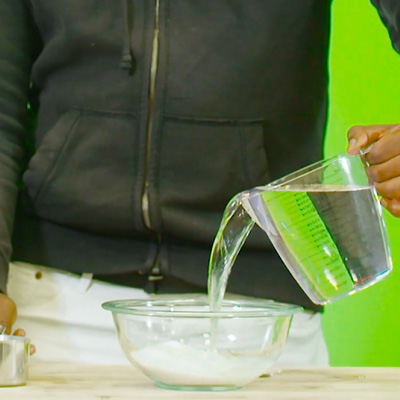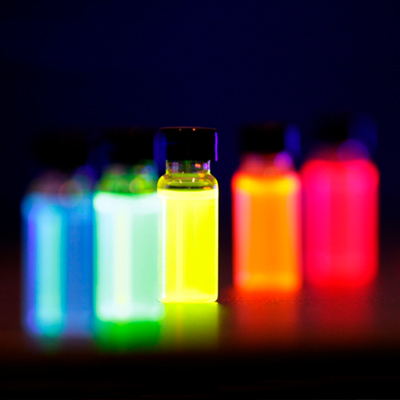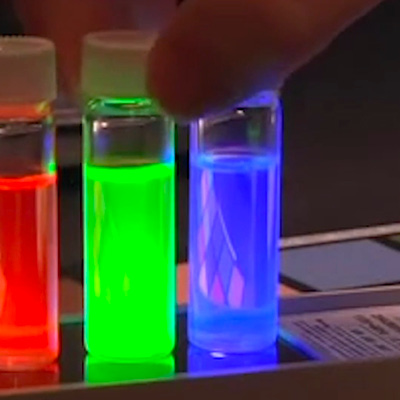Lemon Freeze
- Age: 8+
- Time: 240
- (Setup: 15 min, Activity: 30 min, Cleanup: 15 min)
- Materials: $8
In this cooler-than-cool-it’s-frozen mission, you’ll find out that how you process things can lead to creating all-new properties. To do this, you’ll be making two types of yummy lemon ices to see what happens when we assist in breaking up molecules—and when we don’t!
Download PDF


